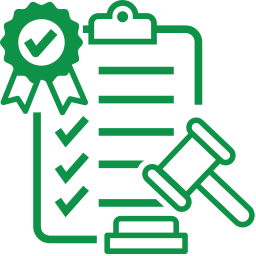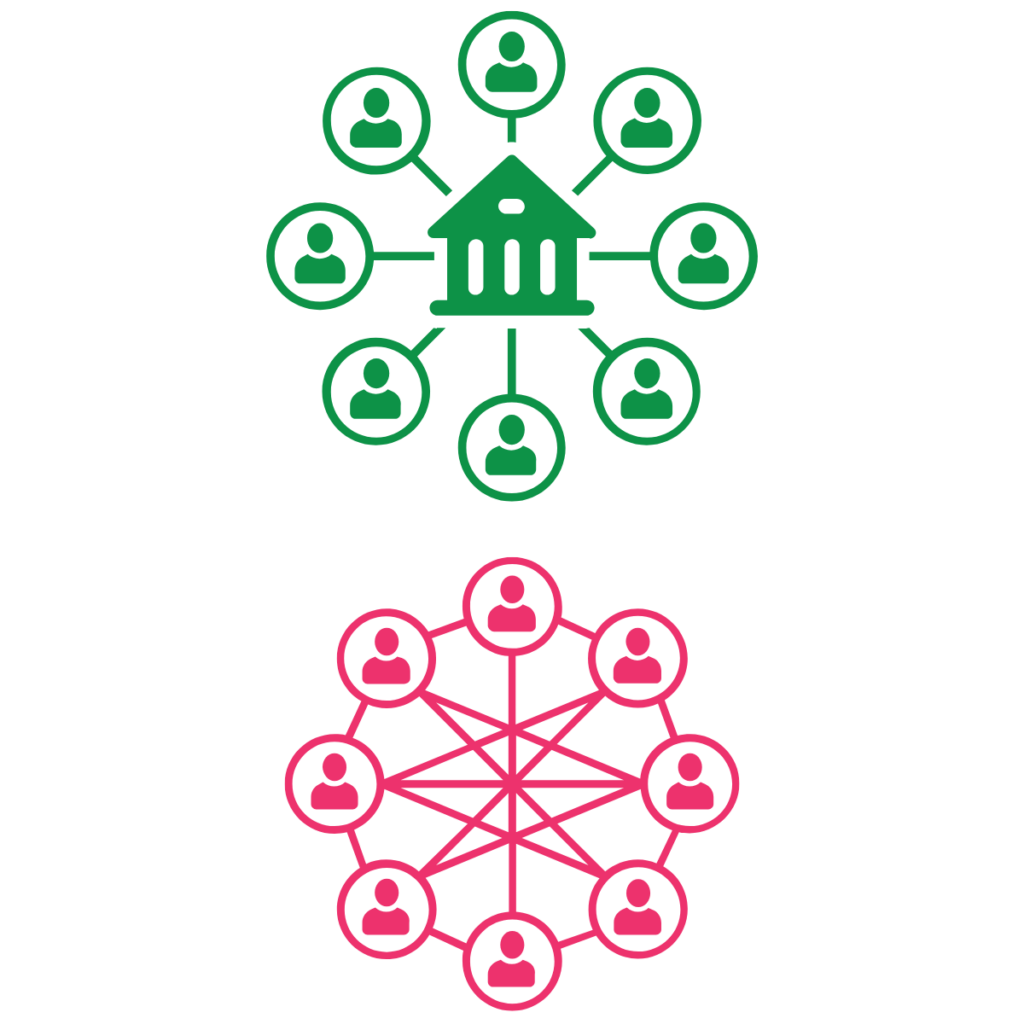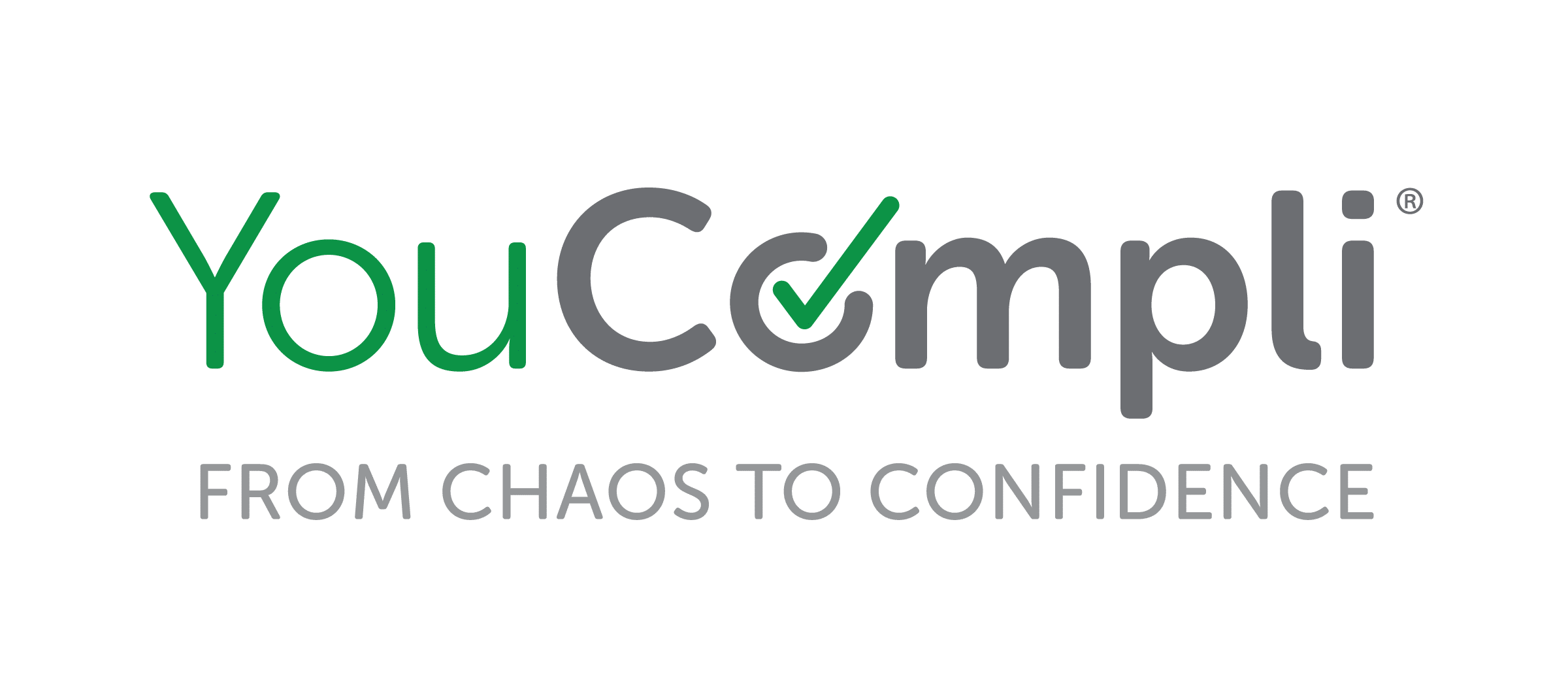
Healthcare compliance professionals play a vital role in ensuring that organizations adhere to ever-changing regulations and standards. However, one of the most persistent challenges they face is managing and delegating compliance responsibilities effectively. The task of identifying, assigning, and tracking who is responsible for specific compliance activities can become an overwhelming and inefficient process…especially in large, complex healthcare organizations.
In my experience working in healthcare compliance, the common theme for the most successful compliance programs starts with getting the right work to the right people and integrating compliance objectives into each level of the organization. Compliance responsibilities, processes, and procedures should be clearly identified along with leadership involvement to support compliance objectives, resolve deficiencies and proactively address new and changing healthcare regulations. This begins with building a roadmap that clearly identifies all the key players and their role in the process of managing regulatory changes. When your organization gets a new regulation, can you quickly determine:
- The impacted department or departments?
- Who in that department or departments will be responsible for changing any impacted policy, procedure, or practice?
- The current status of the necessary work/activities needed to comply?

The Problem: Assigning Responsibility in a Fragmented Landscape
Compliance activities require careful orchestration across multiple departments and individuals. Many compliance teams struggle with:
- Identifying Responsible Parties: Large healthcare organizations often face the daunting task of determining who should take ownership of specific compliance activities. This is especially true when regulations are broad or new, requiring a careful analysis of how they apply to different roles and departments.
- Accountability: Without clearly defined roles, compliance tasks can fall through the cracks. Multiple departments may assume the same responsibility, leading to duplicated efforts, wasted time, and inefficient resource use. Conversely, some tasks may be neglected entirely if everyone assumes someone else is overseeing them.
- Lack of Centralized Oversight: Many organizations rely on decentralized approaches to compliance, with each department managing its responsibilities independently. This fragmentation makes it challenging to monitor progress, enforce deadlines, and ensure consistency across the organization.
- Resource Strain: The administrative burden of tracking who is responsible for what can become a significant drain on time and energy for compliance professionals. Manual processes, like spreadsheets and email reminders, are time-consuming and prone to errors.
Centralized vs. Decentralized Approaches
When it comes to assigning and managing compliance responsibilities, organizations often fall into one of two categories:

- Centralized Approaches: In a centralized model, the compliance team retains oversight of all assignments, delegating tasks directly to departmental contacts. While this ensures consistency and accountability, it can also create bottlenecks if the compliance team becomes overwhelmed by the volume of tasks.
- Decentralized Approaches: Decentralized systems rely on individual departments to self-manage their compliance responsibilities. While this can reduce the burden on the compliance team, it often leads to inefficiencies, as mentioned earlier, including duplication of efforts and often rely on quick fixes without long-lasting compliance improvement.
Neither approach is perfect—and many organizations end up adopting a hybrid model. However, managing such a system without the right tools, support, and organizational oversight can make it difficult to even know where to start.
The Solution: Building the Foundation for Effective Compliance Programs
A common theme among healthcare organizations is the manual work required of compliance teams. Compliance professionals must not only be skilled when it comes to reviewing, interpreting, and acting on regulations. They also must be skilled at managing, tracking, and overseeing all of the work, so they can report to leadership and stakeholders all of the relevant information they need to know (identifying compliance risks, areas of non-compliance, current plans of correction, and the list goes on). Basic tools like spreadsheets, email notifications, meetings, and project management tools are helpful and often the only tools available to compliance teams. Additionally, incorporating automation from trusted tools like YouCompli can enable far greater levels of efficiency by eliminating manual, time-consuming tracking, assignments, follow-up, and endless spreadsheets kept across the organization to one centralized location to manage everything all in one place.
Whether utilizing regulatory change management software like YouCompli, where the steps below are automated, or you are building a framework for your compliance work manually, the following steps can help your teams effectively tackle compliance challenges:
- Clear Role Assignments: Compliance teams should assign specific responsibilities to the right individuals or departments. Begin with building a framework of your organization that starts with departments/service lines, and the leaders/managers in those departments responsible for regulatory compliance. In working with those teams, identify key individuals that should be a primary point of contact for compliance teams to coordinate regulatory activities. Depending upon the healthcare organization’s structure, you may need to build a framework for each hospital, state, region, etc. to best align with how the organization is structured. Do leadership teams span multiple locations, facilities, services lines, etc. or does each site have their own leadership structure where information, resources, and activities are independently managed? Building a framework to clearly identify staff responsible for completing compliance activities is where you want to start.
- Accountability & Collaboration: Regularly engaging with staff at all levels in an organization is also key to compliance programs success. Having a process to include all necessary staff in communications, updates on regulatory changes, and outstanding work/or work needed is a critical piece of ensuring all the work gets done and no impacted departments get missed. It’s important to note that accountability for compliance teams works in two ways. Compliance teams must be accountable to manage compliance activities and keep the organization updated on the progress, while collaborating with those responsible or involved in completing compliance work.
- Centralized Oversight with Decentralized Execution: To optimize compliance efforts, think about how your team can centralize oversight and decentralize execution. How efficiently is your compliance team able to report on compliance work, identify areas on non-compliance, and evaluate new regulations against current organization policies, practices, and procedures? Having the ability to centralize compliance information through tools like real-time dashboards and reports is crucial to ensure nothing slips through the cracks.
- Eliminating Duplication: Compliance teams in developing their process should ensure that resources in the organization are utilized efficiently with a focus on eliminating duplication. Regulatory changes can have an impact on multiple departments, therefore having a process to ensure that each impacted department is working together and that all the impacted policies, procedures, training, and communication are updated in order to make sure compliance continues over time.
Healthcare compliance professionals face significant challenges when managing who is responsible for completing compliance activities. From identifying the right individuals to ensuring accountability and avoiding duplication, the process can be fraught with inefficiencies. Centralized approaches provide better oversight, but without the right tools, they can be cumbersome and resource intensive. YouCompli bridges the gap, offering a solution that combines centralized oversight with the flexibility of decentralized execution. By simplifying assignments, fostering collaboration, and providing real-time insights, YouCompli empowers healthcare organizations to manage compliance with confidence and efficiency—no matter their size or complexity.
Amy Laufmann is client success manager at YouCompli. She has 10+ years of experience in healthcare compliance and operations, and is passionate about helping healthcare organizations operate better and deliver better patient outcomes.



